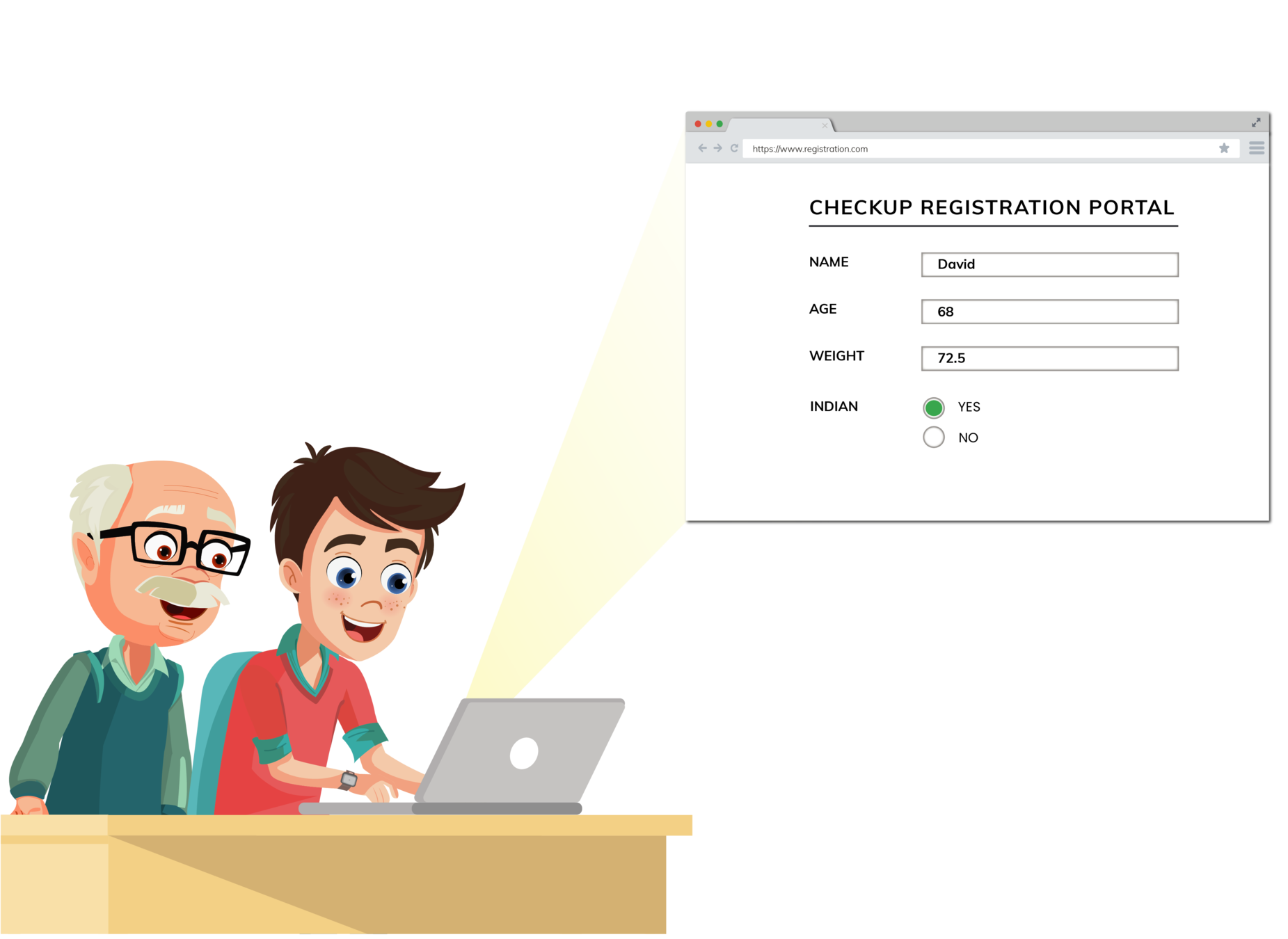
Comparison
data
Datatype: BOOLEAN (bool)
Syntax:
False
Example:
indian=TrueBoolean
True

Fractional
data
Datatype: FLOATING POINT (float)
Syntax:
Nothing specific
Example:
weight=72.5
Floating point

Numeric data
Datatype: INTEGER (int)
Syntax:
Nothing specific
Example:
age=68Integer


Text-based data
Datatype: STRING (str)
Syntax:
Place in
" " (or) ' '
Example:
name="David"String


23
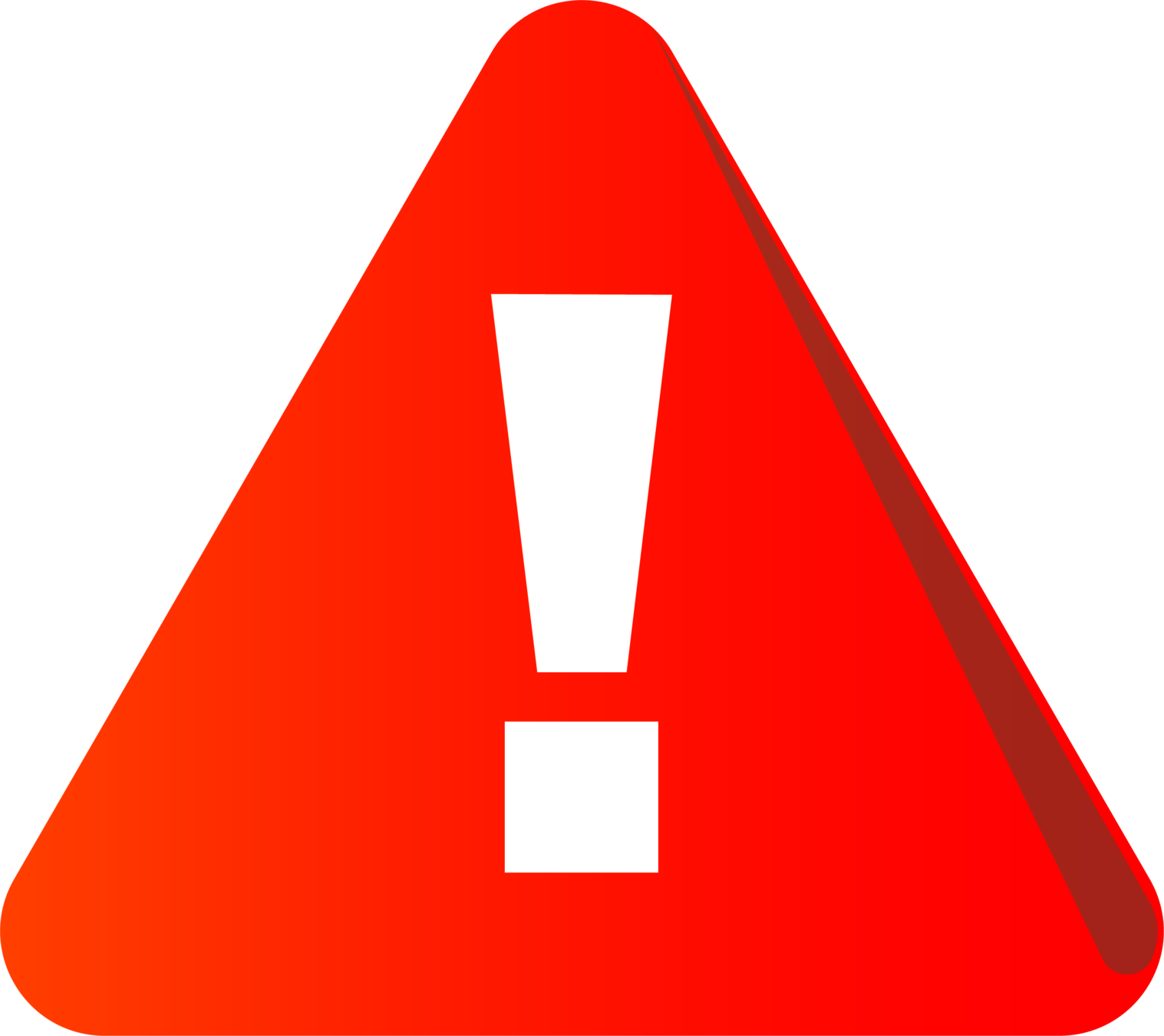
Are all data same?


name="David"
age=68
print(name+age)

name="David"
age=68
age=str(age)
print(name+age)
name="David"
name=int(name)
age=68
print(name+age)
id="5"
id=int(id)
age=68
print(name+age)
Step 1 : Add name and age variable without type conversion. This will throw an error.
Step 2 : Convert age variable to string. Add name and age variable. This will print "David68".
Step 3 : Convert name variable to int. Add name and age variable. This will throw an error. String to be converted to numeric has to be compatible.
Step 4: Create an "id" variable and assign a numeric value as a string. Convert this to integer and add to age. This will print 73.
Teacher Activity 1
Detecting Various Keyboard Inputs


event.key:
K_RETURN
K_UP
K_LEFT
K_DOWN
K_RIGHT
event.type:
KEYDOWN
Navigate Car
Accelerate Car
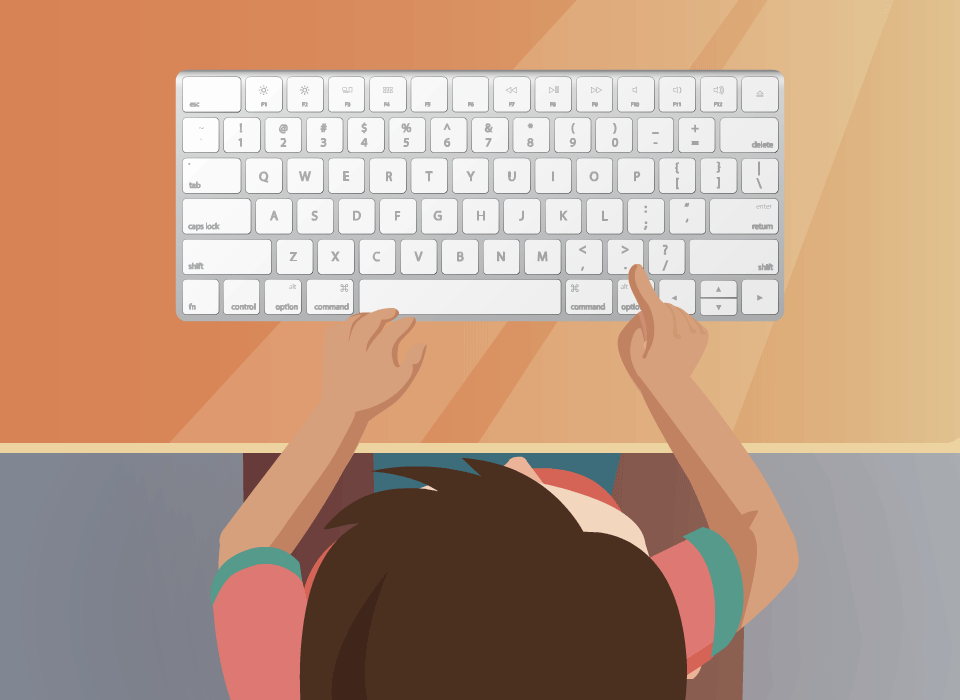
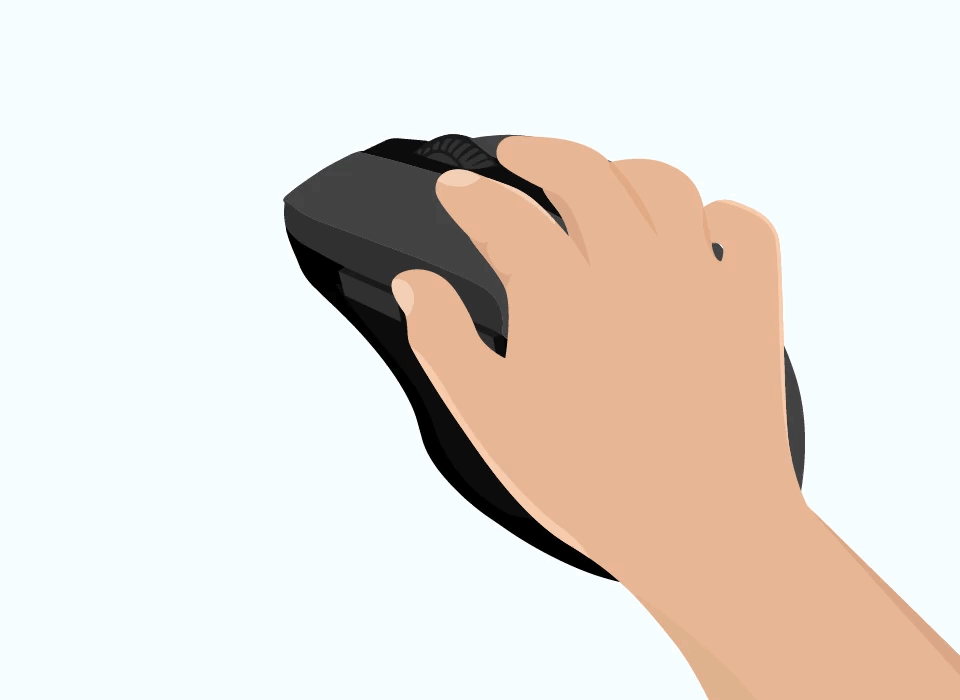
Key is pressed
Mouse is clicked
Perform some tasks
Perform some tasks

Events in pygame

Movement of car
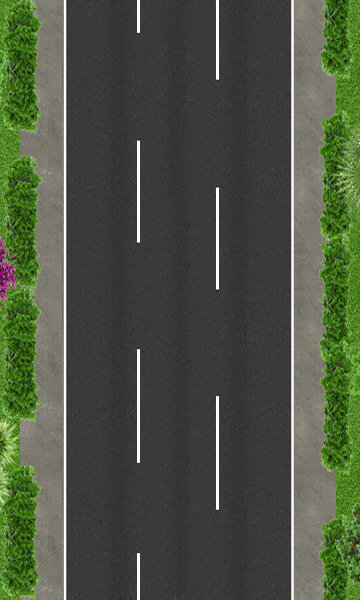


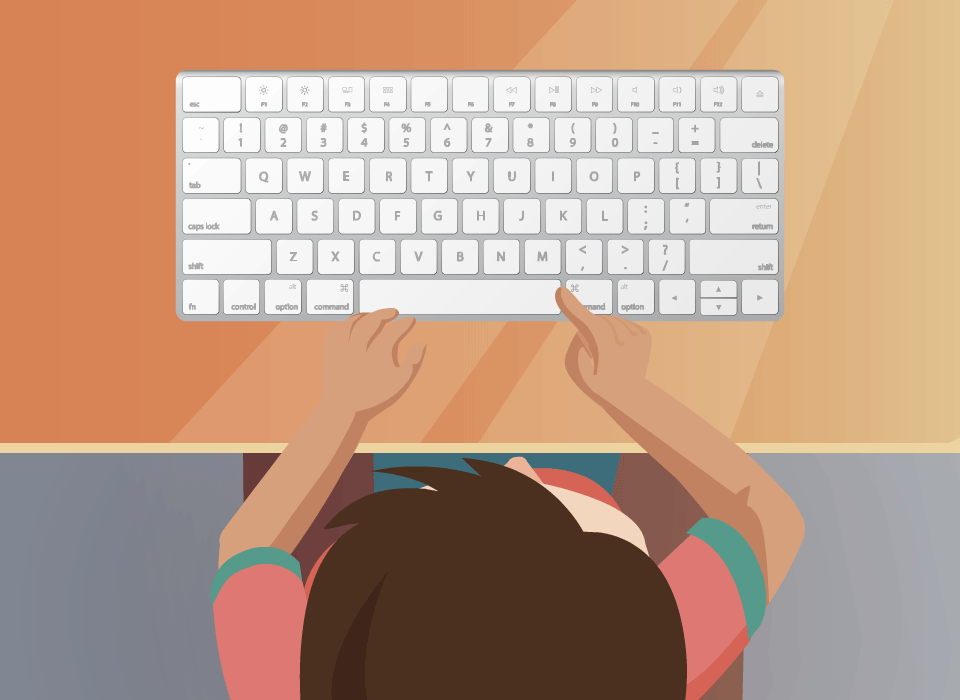


#Create a variable to store absolute path of car image on your computer
carImg_location="C:/Users/dell/Documents/img/car.png"
#Load the car image and use convert_alpha() to convert to compatible pixel format
carImg=pygame.image.load(carImg_location).convert_alpha()
#Display the car image at location (130,500)
screen.blit(carImg,[130,500])
Student Activity 1: Solution
#Change location of background image according to the absolute path you have got in your computer
bgImg_location= "C:/Users/dell/Documents/img/back_ground.jpg" 1
2
Solution:

Student Activity 1: Code Addition
1. Get car image location.
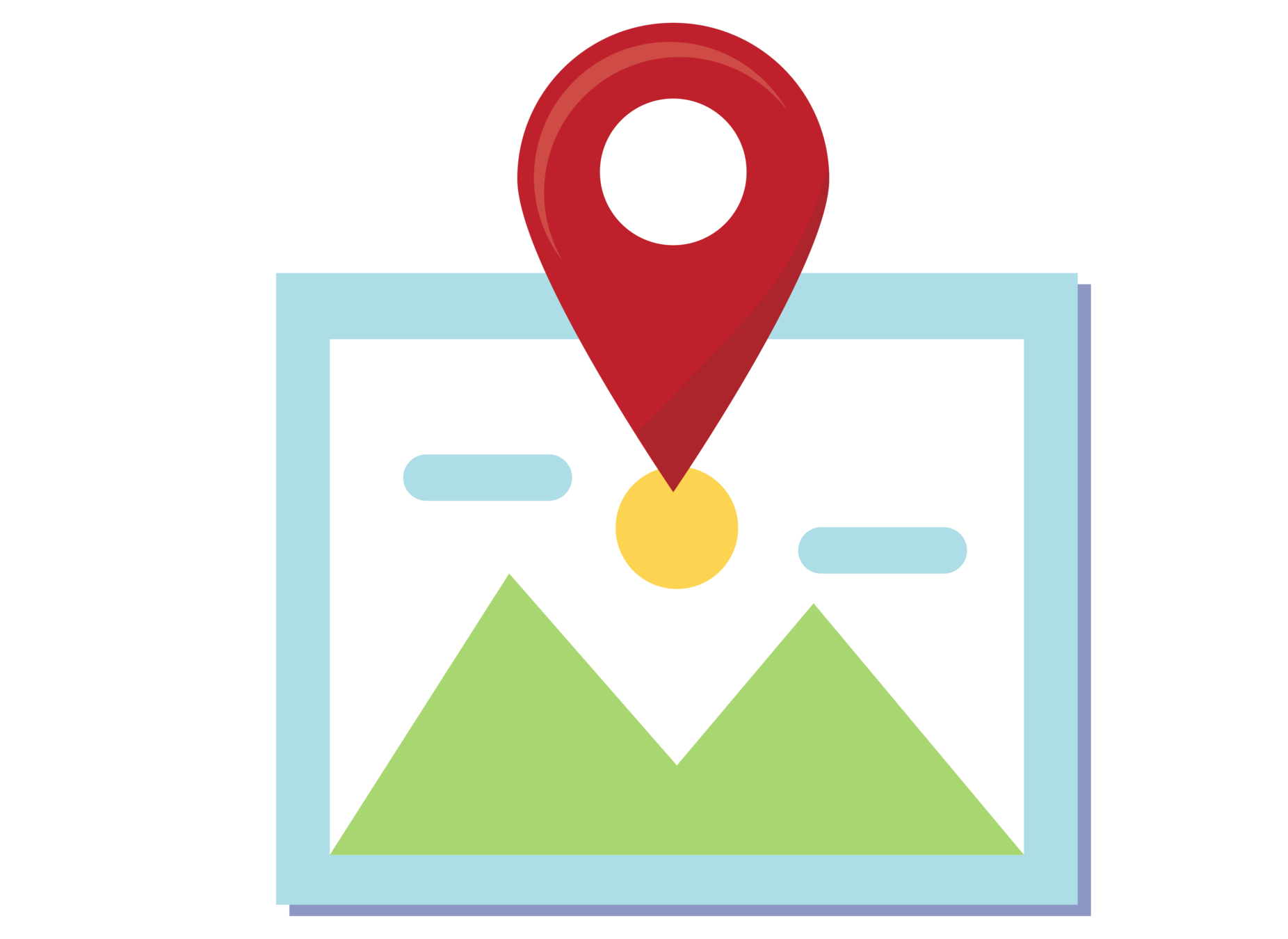
1
12 bgImg_location=""Insert background image location.
2. Load image and convert.
pygame.image.load(location)convert_alpha()3. Display car image.
screen.blit(image,location)Template:
2

bgImg=pygame.image.load("Absolute Path").convert_alpha()

Teacher Activity 2: Coding
bgImg_scaled=pygame.transform.smoothscale(bgImg,(600,600))screen.blit(bgImg_scaled,[0,0])pygame.display.flip()1. Load the image using the "image.load()" function of the "pygame module". Pass the absolute path you had copied in the form of a string as a parameter to this function. The "convert_alpha()" function helps convert the image loaded into a pixel format that favors fast display/ blitting.
2. This "transform.smoothscale()" function helps to smoothly scale an image to the desired size. The function takes 2 parameters: the image to be scaled and the size to which we wish to scale (here, the size of our screen)
3. The "blit()" function helps display the image at the desired location. It will take 2 parameters: the object to be displayed and its location (here, at (0,0))
4. The "display.flip()" functions updates the screen display and allows us to visualize changes we make to the screen display.
Solution:
Game Start
End of one game loop iteration

Measure time
"gameTime" variable

Select font
Select content
Display
concatenate
Hints


Displaying Game Time
Template:
Student Activity 1
Try to code to be able to display game time elapsed on the screen.
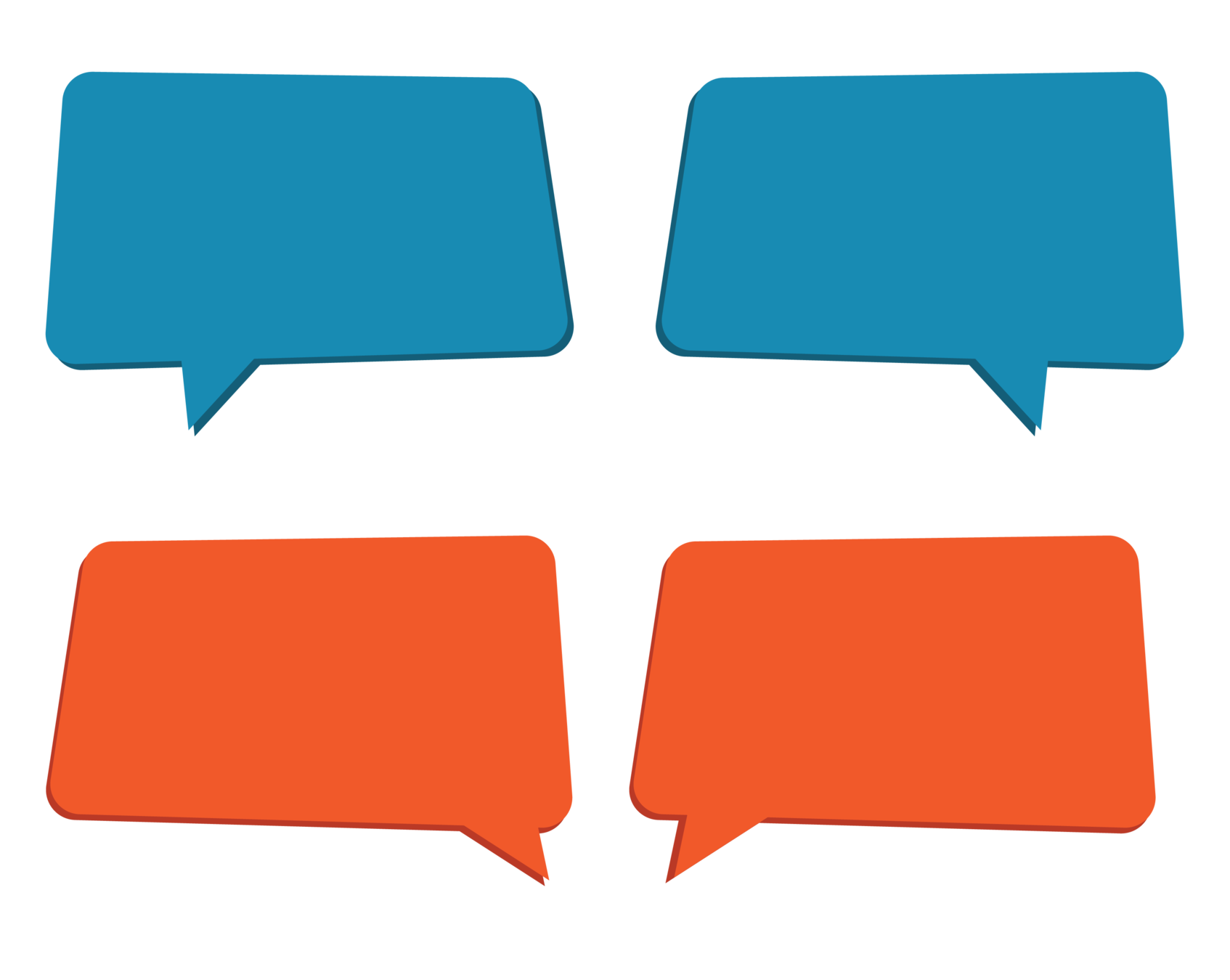

Time elapsed: XXX seconds

Student Activity 1 Solution
import pygame
import time
pygame.init()
t1=time.time()Step 1: Import time module
Step 2: Create t1 as soon as the game begins
import pygame
import timescreen.blit(carImg,[carx,cary])
t2=time.time()Step 3: Create t2 all major events of the loop finished and final car image is on screen.
Step4: Create "gametime" variable to store t2-t1
game_time=t2-t1Step5: Display "gametime" variable on screen
font = pygame.font.Font(None, 24)
text = font.render("TIME ELAPSED: " + str(game_time)+"seconds", 1, (255,255,255))
screen.blit(text, (20,10))
Teacher Activity 3
#Check if Key is pressed
if event.type==pygame.KEYDOWN:
#Check if key pressed is "Enter"
if event.key==pygame.K_RETURN:
#Check if game time is within threshold
if game_time>=threshold and game_time<=(threshold+10):
#Decrement "cary" to make car move forward
cary-=100
#Increment "threshold" by 10
threshold+=10threshold=0Step 1: Create a variable "threshold" outside game loop and set it to 0 to begin.
Step 2: Perform necessary steps to achieve goal
Setting boosting restrictions
10 second intervals
0
10
20
30
...
1 use of boost allowed
t< gameTime <(t+10)
Check
??
Allow Boost
Increase threshold by 10
YES
Lower threshold
(t)
Upper
threshold
(t+10)
Lower threshold
(t)
Upper
threshold
(t+10)
Lower threshold
(t)
Upper
threshold
(t+10)

Now, the boost restrictions!

Simultaneous multiple condition checks
t
t+10
Game Time
<
<
gameTime>tgameTime<(t+10)True
True
True
False
False
False
True
False
True
False


How do I check multiple conditions?

Teacher Activity 2
import pygame
import time
pygame.init()
t1=time.time()Step 1: Import time module
Step 2: Create t1 as soon as the game begins
import pygame
import timescreen.blit(carImg,[carx,cary])
t2=time.time()Step 3: Create t2 all major events of the loop finished and final car image is on screen.
Step4: Create "gametime" variable to store t2-t1
game_time=t2-t1
Teacher Activity 1
import time
t1=time.time()
time.sleep(5)
t2=time.time()
print(t2-t1)Step 1: Import time module
import timeStep 2: Record and print a time point.
Note: Large output as it is total elapsed time since Jan 1,1970 till now in "seconds".
import time
t1=time.time()
print(t1)
Step 3: Introduce a delay and record timepoints before and after the delay. Subtract to show time elapsed is equal to delay.
Sample Slides
By anjali_sharma
Sample Slides
- 92



